Sign up for workout ideas, training advice, reviews of the latest gear and more.

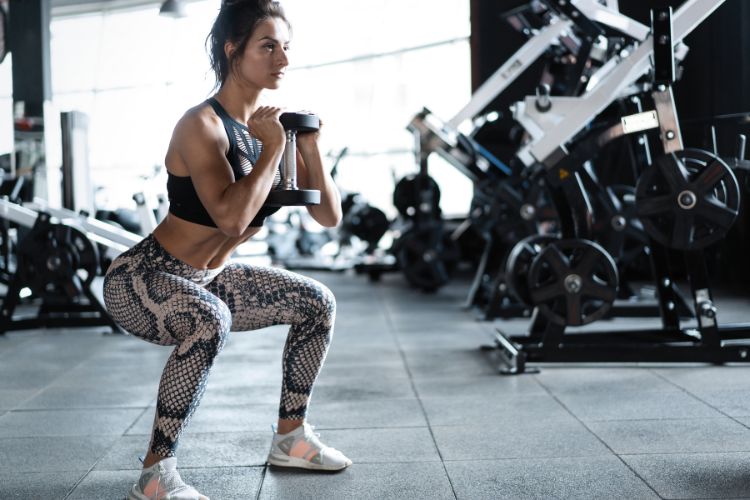
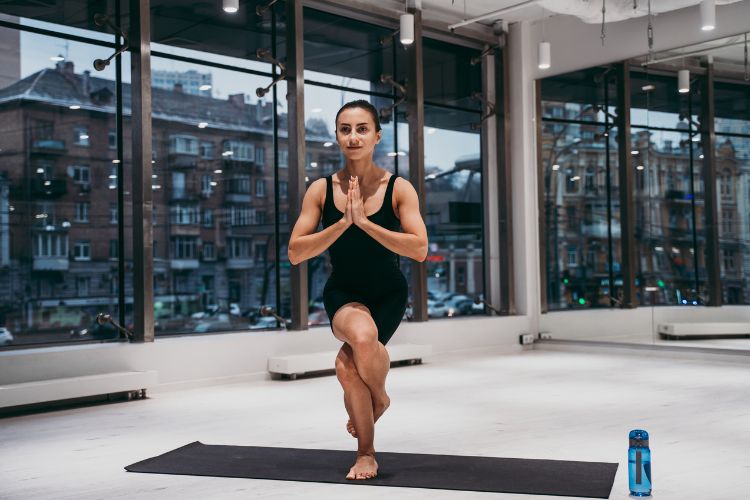
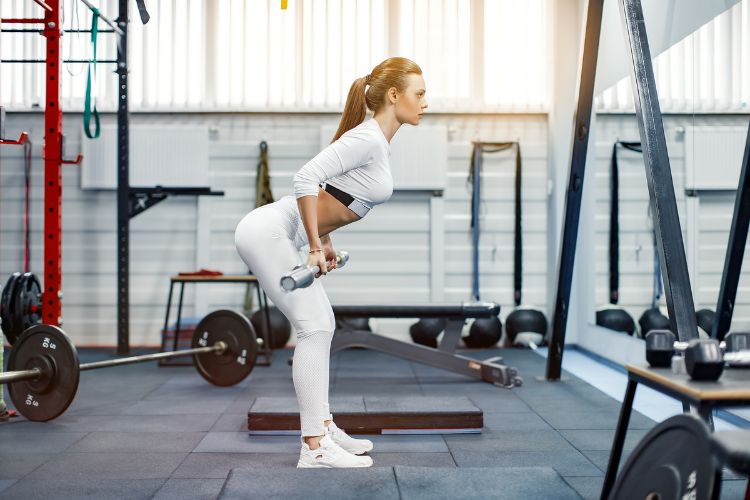
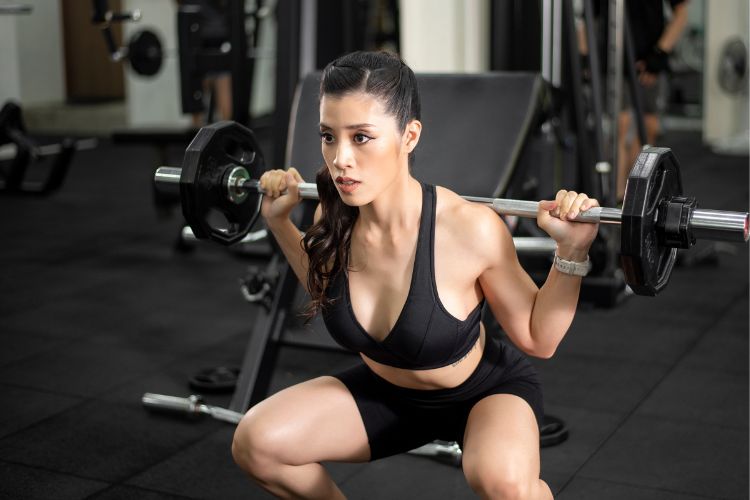
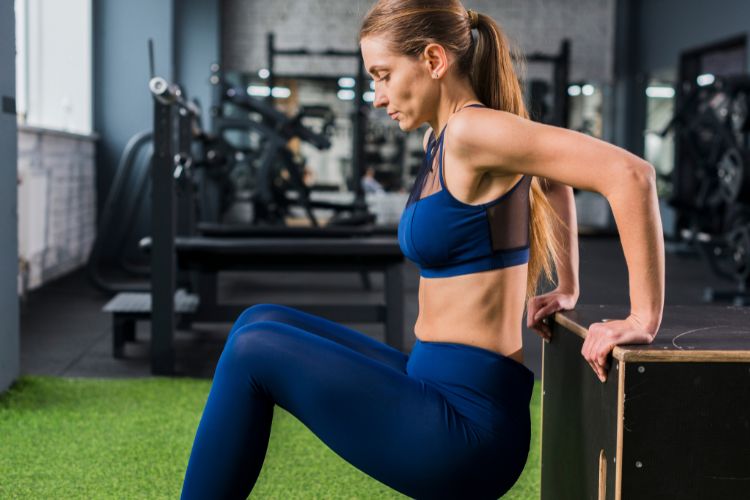
In recent years, bodyweight training has gained significant popularity among women looking to stay fit, strong, and healthy without the need for a gym. This form of exercise is versatile, adaptable to various fitness levels, and highly effective. Whether you’re a beginner or more advanced, bodyweight training can help you build strength, improve endurance, and enhance your overall well-being—all from the comfort of your own home. In this comprehensive guide, we’ll dive into the benefits, common myths, and best exercises for bodyweight training for women, along with how to structure an effective workout routine.
Bodyweight training involves using your own body as resistance to build strength and improve fitness. Unlike traditional weightlifting or gym-based exercises, bodyweight workouts don’t require any equipment—making them accessible and convenient for anyone. This type of training often includes movements like push-ups, squats, lunges, planks, and burpees, which engage multiple muscle groups simultaneously, offering a full-body workout.
More women are turning to bodyweight training because it provides flexibility, efficiency, and powerful results without the need for heavy weights. Whether you’re at home, traveling, or don’t have access to a gym, bodyweight exercises allow you to stay active and work out anywhere. Additionally, these exercises can be modified easily to suit individual fitness levels, making them ideal for both beginners and advanced athletes.
Bodyweight exercises offer a wide range of benefits beyond just physical fitness. Here are some key advantages that make this type of workout a great choice for women:
Unlike machines that isolate specific muscles, bodyweight exercises involve compound movements that require multiple muscle groups to work together. This functional strength translates into everyday activities like lifting, bending, or climbing stairs, improving overall mobility and balance.
Many bodyweight exercises engage the core and challenge your stability, which improves balance and flexibility. Exercises like lunges, planks, and single-leg squats require coordination and control, helping you develop a stronger, more balanced body.
Bodyweight training isn’t just about building strength—it can also significantly boost cardiovascular fitness. Exercises like burpees, jumping jacks, and mountain climbers elevate your heart rate, helping to improve cardiovascular health and burn calories.
One of the best things about bodyweight training is that it requires no equipment. You can do it anywhere—at home, in a park, or even in your living room. This makes it accessible to everyone, regardless of budget or access to a gym.
Bodyweight exercises can be modified to suit beginners, intermediate, and advanced fitness levels. For instance, push-ups can be done on your knees as a beginner or with your feet elevated for a more advanced challenge. This flexibility makes bodyweight training inclusive and easy to scale as you progress.
Contrary to popular belief, bodyweight exercises can help you build lean muscle and increase endurance. Repetitive movements and higher reps allow you to tone muscles while improving your stamina, leading to a more defined physique over time.
Bodyweight training for women is often surrounded by myths and misconceptions. Let’s debunk a few of the most common ones:
Many women believe that lifting heavy weights is the only way to build muscle. While weights are certainly effective, bodyweight exercises can also build muscle by increasing time under tension, using progressive overload, and focusing on proper form. Exercises like push-ups, squats, and pull-ups challenge your muscles and promote muscle growth.
Another misconception is that bodyweight exercises are only for beginners and lack intensity. In reality, bodyweight training can be as challenging as you make it. By increasing the number of repetitions, shortening rest periods, or adding plyometric moves like jump squats, you can make your workout incredibly intense.
While bodyweight training can help with weight loss, it’s also highly effective for building strength, improving balance, and boosting cardiovascular fitness. It’s a well-rounded form of exercise that targets multiple aspects of physical health, not just fat burning.
To get the most out of bodyweight training, it’s essential to structure your workouts effectively. Here are some tips for creating a balanced routine that focuses on strength, endurance, and flexibility.
Before starting any workout, it’s crucial to warm up your muscles and get your blood flowing. A good warm-up should last 5–10 minutes and include dynamic stretches and light cardio movements like jogging in place, arm circles, or leg swings.
Focus on compound movements that work multiple muscle groups at once. This not only makes your workout more efficient but also burns more calories. Key compound exercises include squats, push-ups, lunges, and plank variations.
For maximum efficiency, aim for full-body workouts 3–4 times per week. This allows you to work on every muscle group without overtraining any specific area. Alternate between upper body, lower body, and core exercises to ensure a well-rounded workout.
To keep making progress, it’s important to challenge your body over time. You can do this by increasing the number of repetitions, holding positions longer (e.g., planks), or trying more advanced variations of exercises. Progressive overload ensures that your muscles continue to grow and adapt.
After completing your workout, take 5–10 minutes to cool down and stretch. This helps reduce muscle soreness and improves flexibility. Focus on stretching the major muscle groups you worked during your session.
Here’s a breakdown of some of the most effective bodyweight exercises for women, categorized by different areas of the body:
Push-ups are one of the best upper-body exercises that target the chest, shoulders, and triceps. They also engage the core and can be modified to fit your fitness level.
This exercise targets the triceps and can be done using a chair or bench. It’s a simple yet effective move for toning the back of the arms.
Plank shoulder taps work your core, shoulders, and arms. Starting in a plank position, alternate tapping your shoulders with the opposite hand while keeping your body stable.
Squats are a staple bodyweight exercise that strengthens the legs, glutes, and core. They also help improve flexibility in the hips and ankles.
Lunges work the quads, hamstrings, and glutes. You can perform them in place or walking, and they can be modified to suit your fitness level.
This exercise targets the glutes and hamstrings, making it perfect for those looking to build a stronger lower body.
Planks are one of the best core exercises you can do without equipment. They engage the entire core, including the obliques, rectus abdominis, and transverse abdominis.
This dynamic exercise works the obliques and the rectus abdominis. It’s great for targeting the entire abdominal region.
Mountain climbers are a full-body exercise that focuses on the core while also elevating your heart rate, making them a great cardio workout as well.
Here’s a sample week-long bodyweight training program for women:
Bodyweight training is an effective and accessible way for women to build strength, improve fitness, and maintain overall health. It offers the flexibility to work out anytime and anywhere, and the exercises can be tailored to suit any fitness level. By incorporating a balanced routine that targets different muscle groups, women can achieve their fitness goals, whether it’s toning muscles, boosting endurance, or improving flexibility. Whether you’re a beginner or more advanced, bodyweight training is an excellent option for a full-body workout that delivers powerful results.
Stay up to date on the latest women’s health, fitness and lifestyle trends and tips.